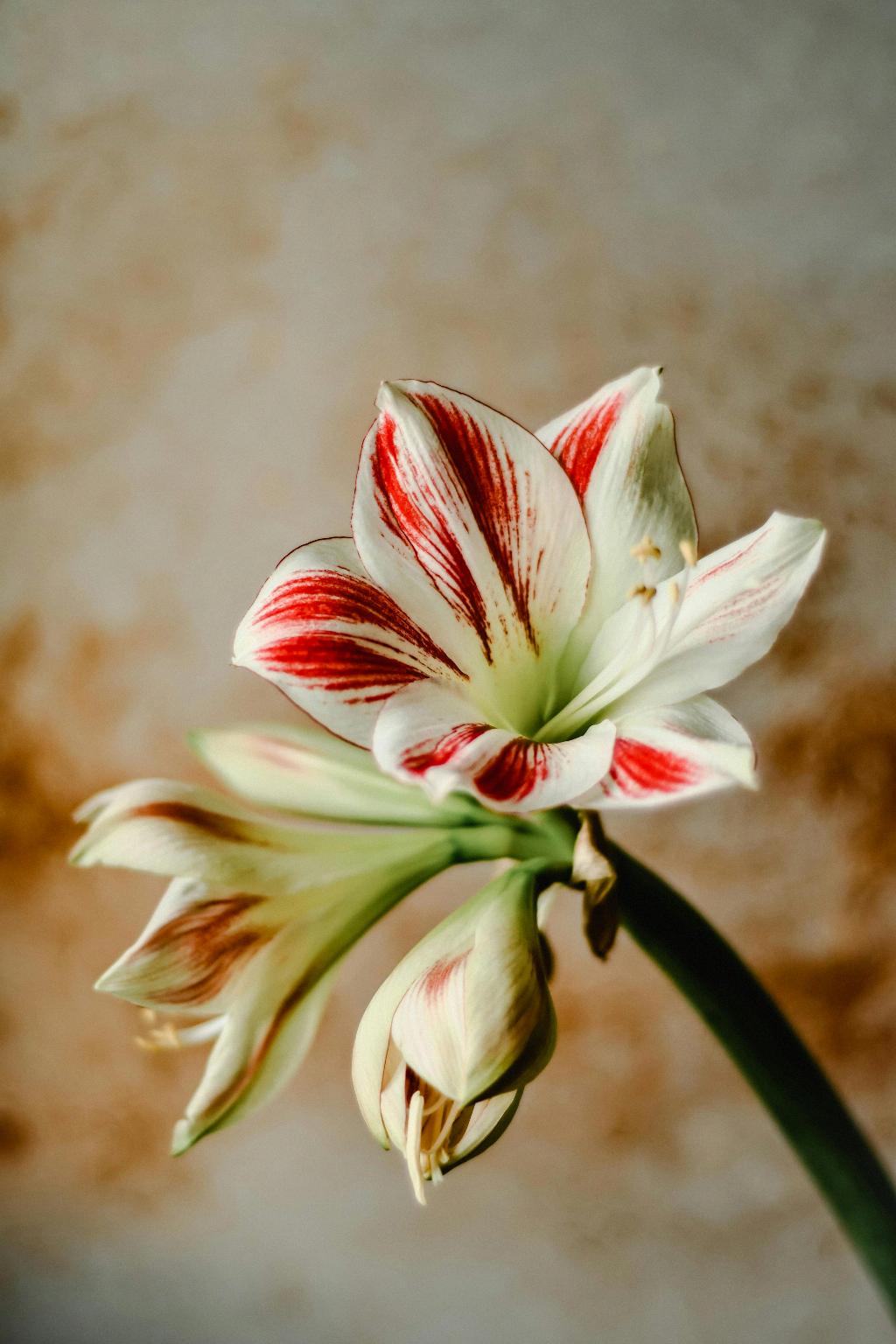Asiatic lilies, with their vibrant colors and early blooming nature, are a popular choice for many gardeners. One common question that often arises is whether these beautiful flowers have the ability to multiply. The answer to this question lies in the unique characteristics of Asiatic lilies and their growth patterns.
Unlike Oriental lilies, which are known for their stunning late bloom and lack of fragrance, Asiatic lilies have their own set of qualities that make them stand out. These hardy flowers come in a wide range of bold and pastel hues, adding a burst of color to any garden in the springtime. They are also not finicky when it comes to soil type, thriving in almost any well-drained soil.
One of the remarkable traits of Asiatic lilies is their ability to multiply rapidly. Unlike some other types of lilies that may take longer to spread, Asiatic lilies can double in number every year under the right conditions. This means that a small planting of Asiatic lilies can quickly expand and fill out a garden bed or area.
The multiplication of Asiatic lilies typically occurs through their bulbs. These bulbs are the storage organs of the plant and contain all the nutrients needed for growth. As the plants mature and enter their dormant phase, they produce offsets or bulblets around the main bulb.
These offsets are essentially clones of the parent plant and have the same genetic makeup. Over time, these bulblets develop into mature bulbs and can be separated from the main plant to create new individual plants. This natural process of bulb multiplication is what allows Asiatic lilies to spread quickly and create vibrant displays in the garden.
To encourage the multiplication of Asiatic lilies, gardeners can take certain steps to promote bulb growth and development. Ensuring that the plants receive adequate sunlight, water, and nutrients is essential for healthy bulb formation. Additionally, regular fertilization and proper spacing of the plants can help prevent overcrowding and allow the bulbs room to multiply.
Dividing Asiatic lilies is another technique that can be used to promote multiplication. By carefully digging up the bulbs in the fall or early spring, gardeners can separate the offsets from the parent bulb and replant them in new locations. This division process not only helps control the spread of the lilies but also rejuvenates the plants and encourages vigorous growth.
It’s important to note that while Asiatic lilies are prolific multipliers, they may need occasional division to prevent overcrowding and maintain healthy growth. Regularly monitoring the plants for signs of overcrowding, such as decreased flowering or stunted growth, can help determine when division is necessary.
In conclusion, Asiatic lilies are indeed capable of multiplying, thanks to their efficient bulb production and rapid growth rate. By understanding the natural multiplication process of these charming flowers and providing them with the proper care and maintenance, gardeners can enjoy a continuous cycle of growth and blooming year after year.

